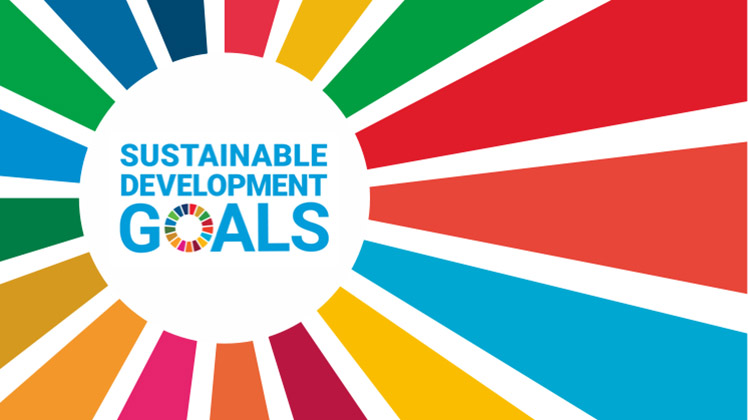“We need to turn the recovery into a real opportunity to do things right for the future.” – UN Secretary-General António Guterres
We need the Sustainable Development Goals
COVID-19 is spreading human suffering, destabilizing the global economy and upending the lives of billions of people around the globe.
The pandemic is an unprecedented wake-up call, laying bare deep inequalities and exposing precisely the failures that are addressed in the 2030 Agenda for Sustainable Development and the Paris Agreement on climate change.
Leveraging this moment of crisis, when usual policies and social norms have been disrupted, bold steps can steer the world back on track towards the Sustainable Development Goals. This is the time for change, for a profound systemic shift to a more sustainable economy that works for both people and the planet.
The Sustainable Development Goals are vital for a recovery that leads to greener, more inclusive economies, and stronger, more resilient societies.
What are the SDG’s
The Sustainable Development Goals (SDGs), also known as the Global Goals, were adopted by the United Nations in 2015 as a universal call to action to end poverty, protect the planet, and ensure that by 2030 all people enjoy peace and prosperity.
On 25 September 2015, the 193 member states of the UN approved the 2030 Agenda for Sustainable Development, an ambitious plan that sets out to achieve prosperity that is respectful of the planet and its inhabitants. This Agenda is made up of 17 Sustainable Development Goals (SDGs), further broken down into 169 targets, to be met by 2030 with the intention of “leaving no-one behind”. The threat of climate change is now more real than ever and the SDGs are crucial if we want to avoid compromising our children’s future.
The 2030 Agenda is a continuation of the UN Millennium Development Goals (2000-2015) which were in their day the first international consensus on facing global problems such as the eradication of extreme poverty and hunger, and to promote improvements in access to education. The 17 SDGs are integrated—they recognize that action in one area will affect outcomes in others, and that development must balance social, economic and environmental sustainability.
Countries have committed to prioritize progress for those who’re furthest behind. The SDGs are designed to end poverty, hunger, inequalities, and discrimination against women and girls, tackle climate change, promote quality education and responsible consumption and production, clean energy and sustainable cities
The creativity, knowhow, technology and financial resources from all of society is necessary to achieve the SDGs in every context.
